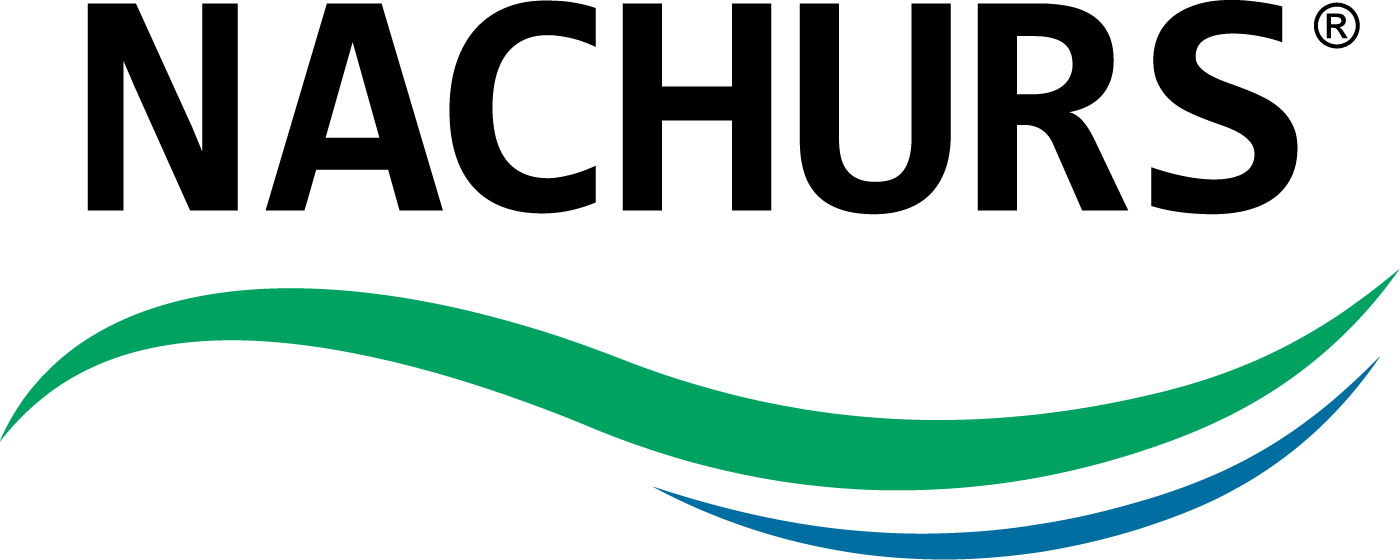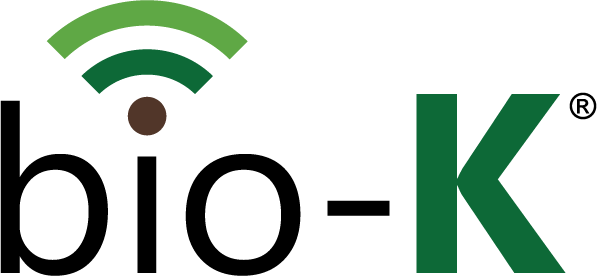Forgotten plant nutrients; Don't be left behind!
All plants, whether it be corn, soybeans, wheat, cotton, cranberries, canola, or even a household plant such as an ivy or fern, require nutrients for proper growth and development. About 90-95% of plant dry matter is composed of carbon, hydrogen, and/or oxygen. The remaining 5-10% is obtained from the soil and/or from fertilizer supplied by the farmer or homeowner. We all understand the importance of Primary Nutrients (nitrogen, phosphorus, potassium) in achieving production goals that are set each year. However, we often forget the importance of Secondary Nutrients (calcium, magnesium, sulfur) and Micronutrients (boron, copper, iron, manganese, molybdenum, zinc) in the overall process of plant growth and development. Although these nutrients are required in much smaller quantities, they are essential for completion of many physiological cycles and processes within the plant. In many cases, plants cannot fully utilize primary nutrients without adequate supplies of secondary and/or micronutrients supplied at the appropriate time. Below is a listing of functions these nutrients provide within the plant. Nutrient Function in the plant Calcium (Ca) Necessary for the proper functioning of growing points Forms compounds which strengthen cell walls Aids in cell division and elongation Neutralizes organic acids Regulates protein synthesis and slows the aging process Magnesium (Mg) Only mineral component of the chlorophyll molecule Aids in formation of sugars and starches Plays important part in phosphorus translocation Aids in proper functioning of plant enzymes Sulfur (S) Mirrors phosphorus requirements in plants Primary constituent of many amino acids Aids in activation of enzymes and vitamins Needed for chlorophyll formation Used in nitrogen stabilization Nodulation in legume crops Boron (B) Required for cell division Plays important part in calcium translocation Protein synthesis and hormone formation Carbohydrate metabolism Pollen viability Flower formation and fruit set Copper (Cu) Required for chlorophyll production Aids in photosynthesis and enzyme formation Involved in oxidation-reduction reactions Regulates water movement in cells Needed for seed production Iron (Fe) Necessary for the formation of chlorophyll Involved in oxidation process that releases energy from starches Protein formation Aids conversion of nitrate to ammonia in cells Plant respiration Manganese (Mn) Essential for chlorophyll production and photosynthesis Aids in carbohydrate metabolism Oxidation-reduction reactions Enzyme activation Combines with iron, copper, and zinc in hormone balance Molybdenum (Mo) Co-factor in nitrate reductase enzyme Essential for rhizobia in nitrogen fixation process Aids in nitrate utilization Involved in phosphate and iron metabolism Zinc (Zn) Necessary in chlorophyll formation Involved in enzyme activation and production Required in hormone (auxin) and nucleic acid synthesis Aids in uptake and water use efficiency Most of the Secondary and Micronutrients can be provided to plants in a chelated form with the exception of sulfur, boron, and molybdenum. Chelation allows nutrients to remain available to the plant even if environmental conditions are less than optimal. There are many forms of chelates that can be used, ranging from EDTA, citric acid, amino acids, and organic acids just to name a few. In general, EDTA chelates are by far the most stable and are the only form that can be safely added to true, clear NPK solutions (i.e. NACHURS orthophosphates). NACHURS Micronutrients (9% Zn, 6% Mn, 4.5% Fe, 3% Ca, 2.5% Mg, 7.5% Cu, 10% Boron) offer a wide range of uses under a vast array of growing environments. Ask for NACHURS Micronutrients today from your local NACHURS dealer so YOU don’t get left behind! - Tommy Roach, Director of Specialty Products & Product Development
All plants, whether it be corn, soybeans, wheat, cotton, cranberries, canola, or even a household plant such as an ivy or fern, require nutrients for proper growth and development. About 90-95% of plant dry matter is composed of carbon, hydrogen, and/or oxygen. The remaining 5-10% is obtained from the soil and/or from fertilizer supplied by the farmer or homeowner. We all understand the importance of Primary Nutrients (nitrogen, phosphorus, potassium) in achieving production goals that are set each year. However, we often forget the importance of Secondary Nutrients (calcium, magnesium, sulfur) and Micronutrients (boron, copper, iron, manganese, molybdenum, zinc) in the overall process of plant growth and development. Although these nutrients are required in much smaller quantities, they are essential for completion of many physiological cycles and processes within the plant. In many cases, plants cannot fully utilize primary nutrients without adequate supplies of secondary and/or micronutrients supplied at the appropriate time. Below is a listing of functions these nutrients provide within the plant.
| Nutrient | Function in the plant |
| Calcium (Ca) |
|
| Magnesium (Mg) |
|
| Sulfur (S) |
|
| Boron (B) |
|
| Copper (Cu) |
|
| Iron (Fe) |
|
| Manganese (Mn) |
|
| Molybdenum (Mo) |
|
| Zinc (Zn) |
|
Most of the Secondary and Micronutrients can be provided to plants in a chelated form with the exception of sulfur, boron, and molybdenum. Chelation allows nutrients to remain available to the plant even if environmental conditions are less than optimal. There are many forms of chelates that can be used, ranging from EDTA, citric acid, amino acids, and organic acids just to name a few. In general, EDTA chelates are by far the most stable and are the only form that can be safely added to true, clear NPK solutions (i.e. NACHURS orthophosphates). NACHURS Micronutrients (9% Zn, 6% Mn, 4.5% Fe, 3% Ca, 2.5% Mg, 7.5% Cu, 10% Boron) offer a wide range of uses under a vast array of growing environments. Ask for NACHURS Micronutrients today from your local NACHURS dealer so YOU don’t get left behind!
- Tommy Roach, Director of Specialty Products & Product Development












